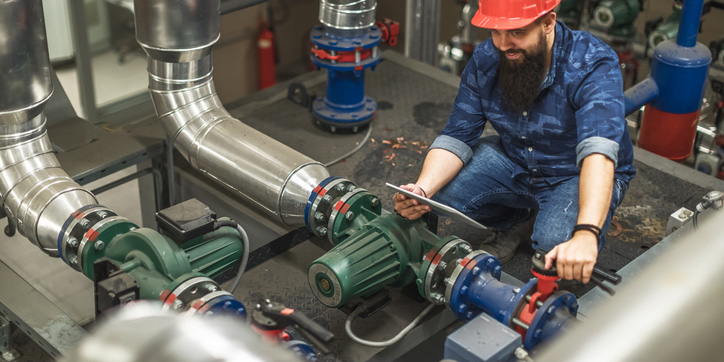Do you have aging pressure equipment at your facility? Have you ever wondered how to perform in-house fitness-for-service assessments? How to make run-or-repair decisions? This course brings together the methods and criteria of ASME B31, ASME VIII, API 579-1/ASME FFS-1, ASME PCC-2, NBIC parts 2 and 3, and other standards related to fitness-for-service and repairs to make run-or-repair decisions on degraded pressure equipment, piping and pipelines.
The course employs multimedia and real-world examples to examine damage mechanisms and understand the risk-based inspection planning process and inspection techniques for fixed equipment. The course features several case studies, based on industry standards, with example calculations for the fitness-for-service assessment of actual damage and the remaining life of pressure equipment. The course also reviews repair options for tanks, vessels, and piping systems.
Course Materials (included in the purchase of the course)
Participants will receive
- Access to the following Code/Standard(s) via ASME’s Digital Collection for the duration of the course:
- ASME PCC-2 Repair of Pressure Equipment and Piping
- Downloadable version of the course presentation via ASME's learning platform
By participating in this course, you will learn how to successfully:
- Detect types and causes of failures
- Quantify design code margins and time to failure
- Make run-or-repair fitness-for-service decisions per API 579-1/ASME FFS-1 for wall thinning and cracks
- Assess how to make the right decision on equipment life extension
- Analyze financial and technical considerations before you repair or replace equipment
- Review repair options and techniques in accordance with ASME PCC-2, NBIC and other standards
Who Should Attend?
Engineers and inspectors responsible for evaluating damage, determining remaining life, and making run-or-repair decisions on pressure vessels, boilers, piping, and tanks.
Can't make one of the scheduled sessions? This course is also available On Demand
This ASME Virtual Classroom course is held live with an instructor on our online learning platform.
A Certificate of Completion will be issued to registrants who successfully attend and complete the course.


